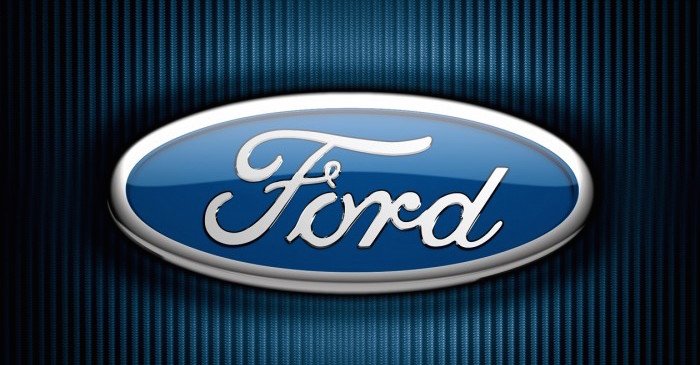Ford Motor Co said on Monday it will eliminate about 10% percent of its global salaried workforce, cutting about 7,000 jobs by the end of August as part of its larger restructuring in a move that will save the No. 2 automaker $600 million annually.
Ford Chief Executive Jim Hackett said in a Monday email to employees that the cuts include both voluntary buyouts and layoffs, and a spokesman added it freezes open positions as well. About 2,300 of the affected people are employed in the United States, the spokesman said.
"To succeed in our competitive industry, and position Ford to win in a fast-changing future, we must reduce bureaucracy, empower managers, speed decision making, focus on the most valuable work and cut costs," Hackett said in the email.
The cuts come as U.S. President Donald Trump has made boosting auto sector employment a key goal. Trump has harshly criticized automakers, especially General Motors, for cutting jobs, but has focused primarily on blue-collar cuts at factories rather than white-collar reductions.
The White House did not immediately comment on Monday about Ford's salaried cuts.
Restructuring work continues in Europe, China, South America and the International Markets Group and the Dearborn, Michigan-based company expects to complete the process in those markets by the end of August, Hackett said.
Within the cuts, Hackett said it will eliminate close to 20% of upper-level managers in a move also meant to reduce bureaucracy and speed decision making.
Notification to North American affected employees will begin on Tuesday and the majority will be completed by May 24, he said.
Hackett said it would give those affected by the job cuts a few days to wrap up and say goodbye, emphasizing Ford's position as a family company. The Ford family are the controlling shareholders. That stood in contrast to how GM handled layoffs earlier this year, where employees were asked to leave immediately.
Before the redesign of its operations, Ford had up to 14 organizational layers, but that will be cut to nine by year-end, Hackett said.
As part of the restructuring, for example, Hackett said the product development team created a new vehicle architecture and testing team, a new systems engineering and design assurance group, and expanded future investments for in-vehicle infotainment, software, electrification and other areas.
Related News

